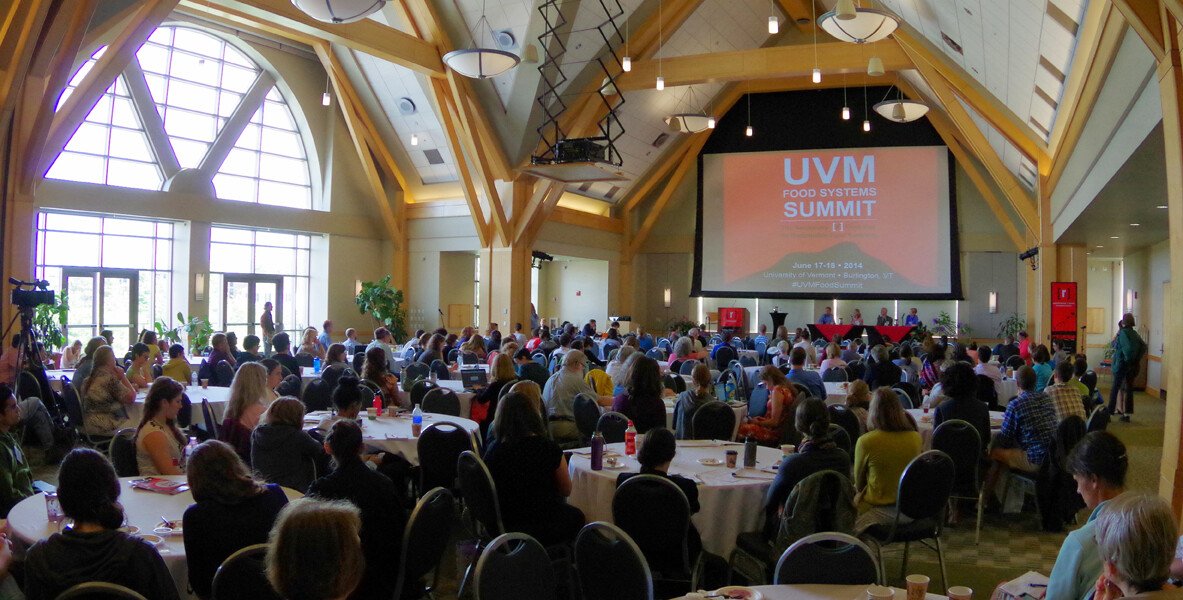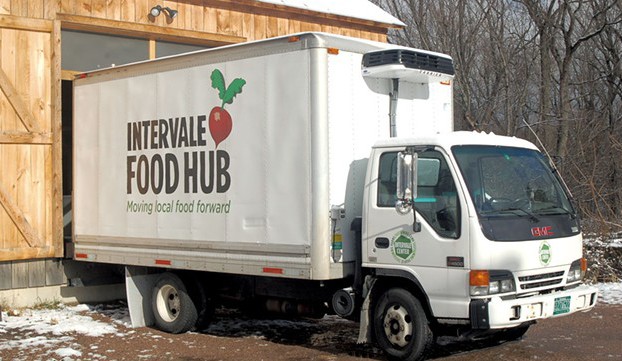By Terry Bradshaw
Hard cider production in the U.S. has increased an average of 73 percent annually since 2008. That’s a lot of apples, and Vermont fruit growers and cideries (businesses that make hard cider) are capitalizing on this market expansion. Sales of cider nationally topped 54 million gallons in 2014, which required 18 million bushels of fruit, or the equivalent of 7 percent. of the nation’s total apple production.
However, the supply of fruit available to cideries is getting tight.
Growers in Vermont have traditionally sold their apples to the fresh market, where prices are significantly greater than for cider apples. This has created a disconnect between the cider and apple industries in terms of fruit supply, and has opened up an exciting field of research and outreach.
The timing of this expansion of the cider industry is serendipitous. After the retirement of Dr. Lorraine Berkett, who led the UVM Apple Research Program for 32 years, I assumed leadership of the program in 2014 as a faculty research associate in plant and soil science, where I have been a research specialist since 1999. I have been an “advanced amateur” cider maker for over 20 years, and research in this unique niche in the apple and value-added industries will be a major focus of our work for the foreseeable future.
Hard Cider Production in Relation to Pomology
For the past century, pomologists and growers have been working to avoid production of cider apples by developing production systems that focus on production of large, blemish-free fruit. Therefore, research on cider apple production is at the ground level, and evaluation of economic characteristics of cider apple production is just as important as assessment of horticultural conditions.
Together with Community Development and Applied Economics Agricultural Economist David Conner, I was awarded in 2014 a Vermont Working Lands Enterprise Fund grant to study economic and horticultural constraints and opportunities for apple growers and cideries in the state. Surveys conducted by CDAE research specialist, Florence Becot, were sent to growers and cideries last summer to assess characteristics of each industry.
The survey generated several findings:
- Vermont continues to have a robust apple production industry. Growers report yields in line with published averages for the state and most anticipate increased production in the future. Growers were more likely to sell to local markets than the state as a whole. They see opportunity in the growth in popularity of hard cider, but receiving adequate prices is a perceived threat.
- Cideries are also growing, with all of the survey respondents anticipating increasing production in the future. These cideries see opportunities in the growth of the hard cider’s popularity, and a corresponding increase in cider quality. Adequate fruit supply was identified as a major risk to their operations. Presently, cideries pay an average price above the growers’ mean target price for specialty cider apples, but lower than the growers’ target price for dessert apples.
- Cideries and apple growers have both expressed interest in dual purpose varieties for cider-making that may also be sold to the fresh market. Apple growers have expressed limited interest in growing specialty varieties suited only to cider-making, while cider makers have expressed strong interest in purchasing them. Planting new specialty apple varieties is a long-term investment and commitment that growers most likely will not do unless they have the assurance that cideries will buy the apples when the trees start producing. This might imply entering into more formal agreements than just handshake agreements, which are currently the norm.
The survey results have generated more questions than answers.
Growers and cideries both question what apple varieties are best-suited for making high-quality commercial ciders, while providing adequate and sustainable crop yield that make their production economically feasible.
Orchard planting, training systems, and pest management programs for cider apples need to be evaluated. Business structures, price points, contracts, and other arrangements between orchards and cideries must be investigated to ensure profitability for both parties.
Fermentation practices that improve and maintain cider quality need to be researched and the results extended to the industry.
These questions demand a long-term research and outreach program that I am building at UVM. In addition, we are working with like-minded collaborators at other institutions, including Washington State University, Virginia Tech, Michigan State University, and Cornell University to coordinate projects and share knowledge across regions.
This is an exciting time to be working on hard cider projects that focus on the ‘apple to glass’ production chain, and I look forward to presenting results from this research for many years to come.
Terry Bradshaw is a Tree Fruit & Viticulture Specialist at UVM, and director of the UVM Horticulture Research and Education Center.
Photo Credit: Mike Gifford/Flickr Creative Commons




